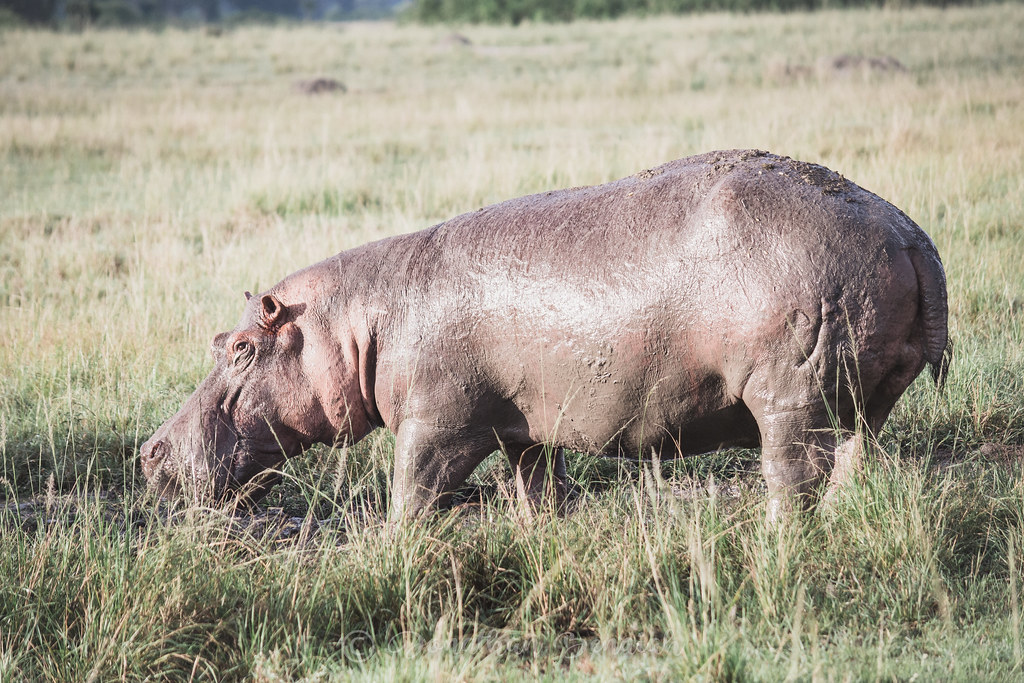Situated in western Uganda, Queen Elizabeth National Park is one of Africa’s most biodiverse and celebrated safari parks. Spanning lush savannah, volcanic craters, wetlands, forests, and the shimmering waters of the Kazinga Channel, it offers visitors a truly spectacular blend of scenery and wildlife.
For anyone planning a visit to Uganda or simply curious about this iconic destination, here are some fascinating facts about Queen Elizabeth National Park that showcase why it remains one of the most visited national parks in East Africa.
Uganda’s Most Popular National Park
Queen Elizabeth National Park is Uganda’s most visited protected area, attracting thousands of travelers every year. Its accessibility, just about 400 kilometers from Kampala and close to other attractions like Bwindi Impenetrable National Park, makes it an ideal safari stop.
Named After the Queen of England
Originally established in 1952 as Kazinga National Park, it was renamed Queen Elizabeth National Park in 1954 to honor Queen Elizabeth II after her visit to Uganda. The name has remained ever since, symbolizing its international recognition and significance.
Home to the Famous Tree-Climbing Lions
One of the park’s most famous inhabitants are its tree-climbing lions, which are rarely seen elsewhere in Africa. These lions are typically found in the Ishasha sector, lounging in the branches of fig trees — a behavior thought to help them escape heat and biting insects on the ground.
Incredible Biodiversity
The park is one of the most biodiverse areas in Africa, boasting over 95 mammal species and more than 600 bird species. Wildlife sightings include elephants, hippos, buffalo, leopards, hyenas, Uganda kob, waterbuck, and warthogs. Its rich birdlife attracts birders from around the globe, making it a paradise for ornithologists.
The Iconic Kazinga Channel
Cutting through the heart of the park, the Kazinga Channel links Lake George and Lake Edward and supports one of the world’s largest concentrations of hippos and Nile crocodiles. A boat cruise along the channel is one of the park’s most iconic activities, offering spectacular views of wildlife at close range.
Explosive Crater Lakes and Volcanic Features
Queen Elizabeth National Park sits in the western arm of the Great Rift Valley and is dotted with dramatic volcanic craters, cones, and calderas. These crater lakes, some of which are saline or sulfur-rich, add an otherworldly beauty to the landscape and are often surrounded by lush green hills.
Chimpanzee Tracking in Kyambura Gorge
Within the park lies the Kyambura Gorge, a lush tropical forest carved into the otherwise open savannah. This hidden gem is home to a small but captivating population of chimpanzees. Trekking through the gorge to see them is an adventurous and unique activity.
A UNESCO Biosphere Reserve
Thanks to its rich ecological value and importance to conservation, Queen Elizabeth National Park was designated a UNESCO Biosphere Reserve in 1979, recognizing its role in balancing human activity with environmental preservation.
Coexistence with Local Communities
The park is home to several fishing villages and communities who live within and around its borders. Conservation programs work to ensure that tourism benefits these communities while protecting the park’s natural resources.
Queen Elizabeth National Park is much more than just a safari destination — it is a living, breathing ecosystem that showcases the best of Uganda’s natural and cultural heritage. From its famous lions in the trees to its sweeping crater lakes, every corner of the park offers something unforgettable.
Whether you’re a first-time visitor to Africa or a seasoned safari-goer, Queen Elizabeth National Park stands as a shining example of why Uganda is called the Pearl of Africa.





